India in Nuclear Asia: Evolution of Regional Forces, Perceptions and Policies
This book explores the unique development of India as a nuclear weapons state, since it conducted a series of nuclear tests in 1998. When India’s first nuclear doctrine was declared in 1999, revised in 2003, the Indian government portrayed an image of a responsible and restrained nuclear power. However, the contemporary picture of India in the nuclear field is beginning to differ from these initial expectations. What explains India’s evolving nuclear posture? How is this technological drive complicating the questions of regional and global security?
India in Nuclear Asia provides an overview of the Indian nuclear force as it stands in 2018; studies the implications that the nuclear postures of India’s two main adversaries, Pakistan and China, have on its nuclear strategy; and the formation of India’s nuclear doctrine and challenges it faces. The book also explores India’s relations with countries such as Iran, North Korea and Syria, and how these reveal India’s global non-proliferation policy approaches.
The authors discuss key nuclear concepts and emphasise the need to combine reforms with greater public communication for nuclear management.
Contents: Introduction. 1. Indian Nuclear Force Development in 2018. 2. Pakistan’s Nuclear Thought and Posture: Implications for India. 3. Chinese Nuclear Thought and Posture: Implications for India. 4. The Doctrinal Background: Nuclear Deterrence in Indian Strategic Thought, 1964-2003. 5. New Challenges for Indian Nuclear Doctrine: The Doctrinal Debate, 2003-Present. 6. Indian Nonproliferation Policy: Approaches and Challenges in the Twenty-first Century. Conclusion. Index.
Get it now and save 10%
BECOME A MEMBER

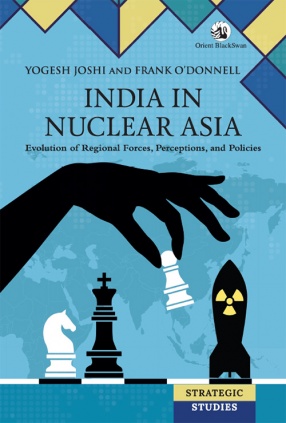

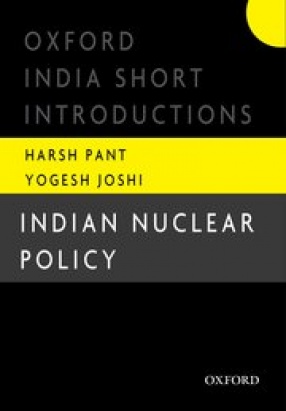
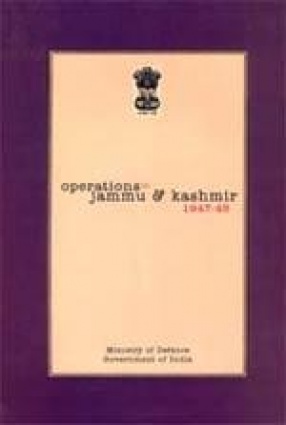
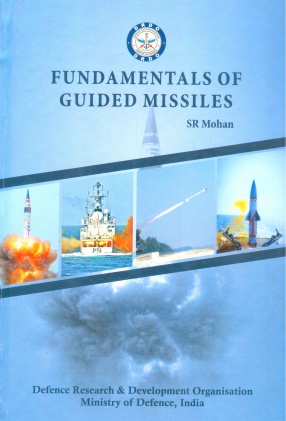
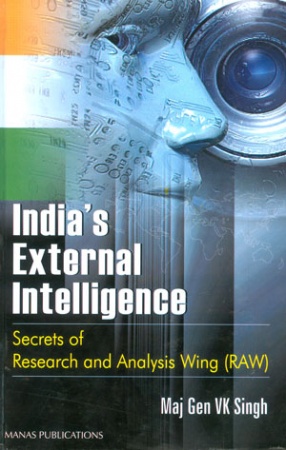
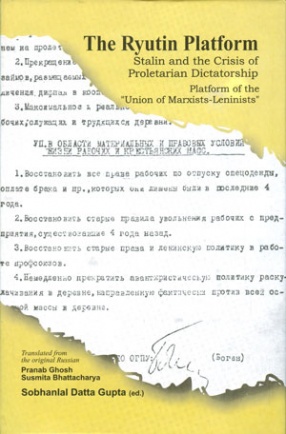

Bibliographic information
Frank O’Donnell